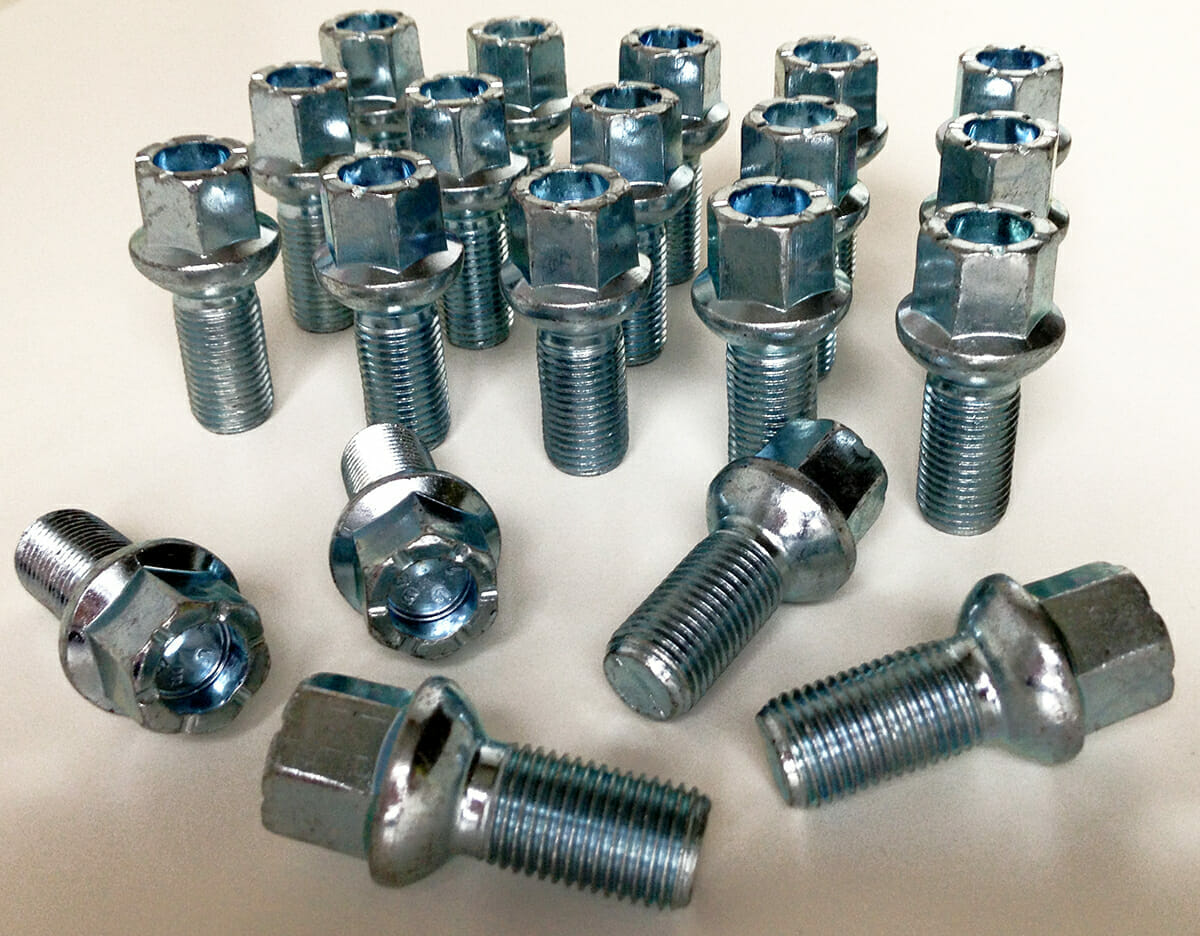Metal surfaces that come into contact with each other often require lubrication to prevent galling. Certain alloys also possess higher resistance to galling based on their hardness, corrosion resistance and the atomic structure of their crystals.
Galling demands a high amount of frictional force to occur. This is why reducing the force of the fasteners involved in assembly is the first step to avoid galling.
Friction
Most people don’t think much about galling, which is a common and frustrating issue that can cause the threads of a bolt or screw to seize to a threaded component. This can make it difficult or impossible to remove the hardware without using time-consuming and destructive methods.
Most metals are susceptible to galling, but some alloys have a higher resistance than others. This is because of their ductility and crystal structure, which promote cohesive attraction between surfaces.
The main factor causing galling is excessive friction between two surfaces, such as two metals in contact under a significant load. This friction can cause the surface of one metal to melt into the other, creating a cold weld that is called adhesive wear or galling. This process is very different from other types of wear, such as erosion, where a surface may rub away and lose its protective oxide layer. Galling is a more serious concern because it can prevent a fastener from functioning properly.
Heat
The heat created by friction is a major cause of galling. It can cause the protective oxide layer to break down and metals to come into direct contact with one another. The result is that the microscopic high points in the metals shear and lock together.
This causes the material to appear gouged with torn lumps of new material stuck to the surface. Certain metals will gall more easily than others due to the atomic structure of their crystals. Aluminium, stainless steel and carbon steels that aren’t fully hardened are more prone to galling than other alloys.
Using the right materials and keeping temperatures low is essential to avoid galling. Langley Alloys stocks a variety of alloys that are highly resistant to galling, which makes them ideal for applications that require repeated movement or sliding or where disassembly may be required. This includes components that need to be able to be cleaned or have air leakage issues.
Stress
The act of galling can occur when a bolt or screw is tightened with excessive force. This can lead to the threaded components seizing up or breaking down. Having an understanding of what causes galling is key to avoiding it.
Most industrial operations involving interlocking threaded features are prone to galling, particularly when large loads are applied. Galling can damage or even destroy critical equipment, and the resulting rework is incredibly costly in terms of manpower, scheduling delays and production downtime.
Soft metals like aluminum and stainless steels are more prone to galling than hardened materials such as tool steels or martensite-based 431 duplex stainless steel. Some stainless steel grades such as lower nickel, 200 series with nitrogen, manganese and silicon additions (like ARMCO’s Nitronic 60) have a higher resistance to galling than others. It is recommended that users select the highest quality grade of stainless steel for their applications to reduce the chances of galling.
Corrosion
Corrosion is a deadly enemy that causes everything from buildings and bridges to fall down, oil pipelines to leak, medical implants to fail, and works of art to disintegrate. While some corrosion is unavoidable, there are a few things we can do to minimize it and keep our equipment operating in optimal condition.
For example, using a shot peened bolt with a cold rolled nut will help reduce galling as the shots peening process increases the hardness of the surface, mitigating the effects of friction. Additionally, selecting a high nickel grade such as Waukesha 88 or free machining 303 will increase the galling resistance of the system as these grades provide their own self-lubricating characteristics.
While many of the factors contributing to galling are beyond the control of an operator, it is important for designers and engineers to understand the phenomenon and how best to prevent it. After all, if threaded components are seized up or damaged due to galling, it can lead to costly downtime and loss of productivity.what is galling

